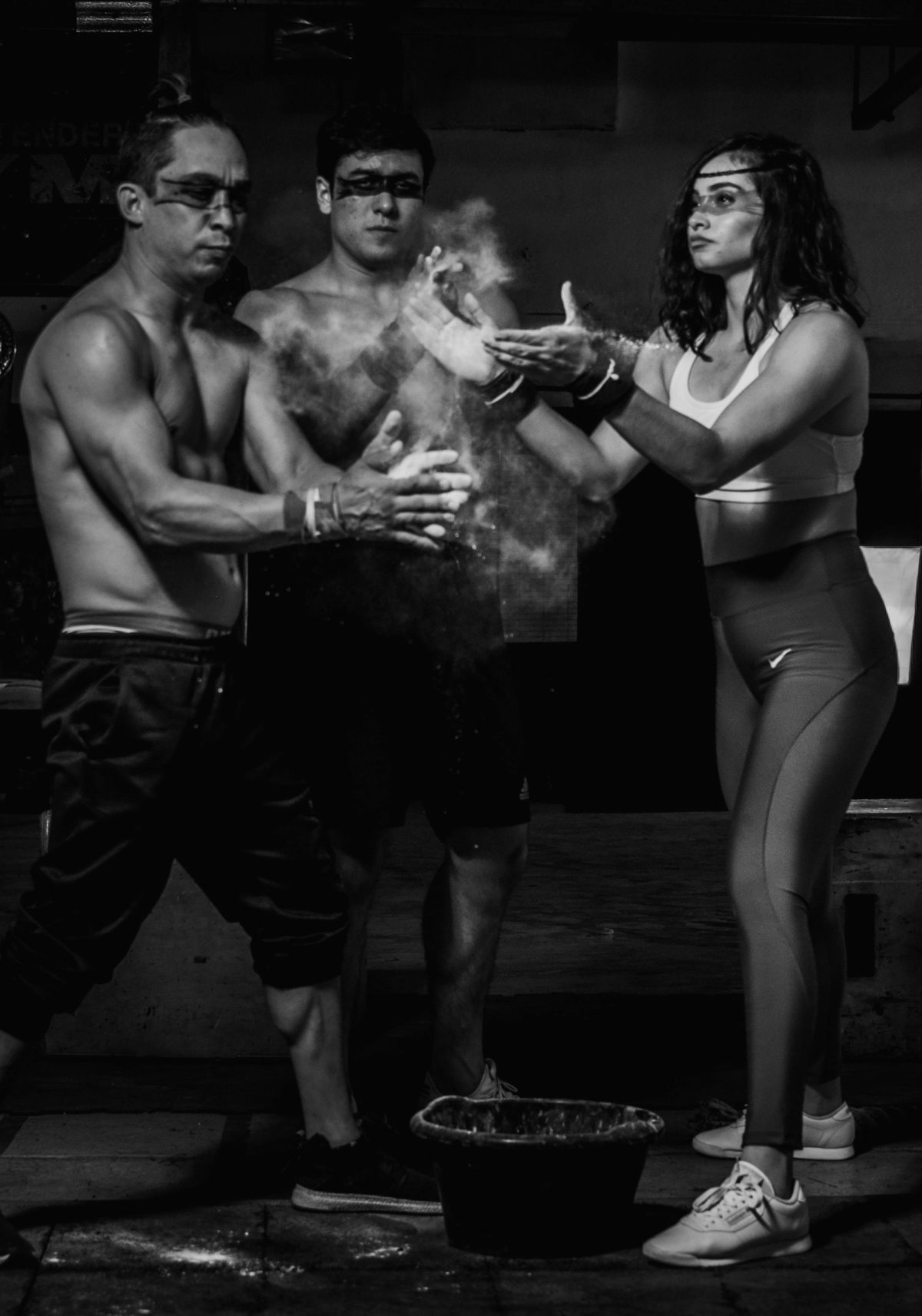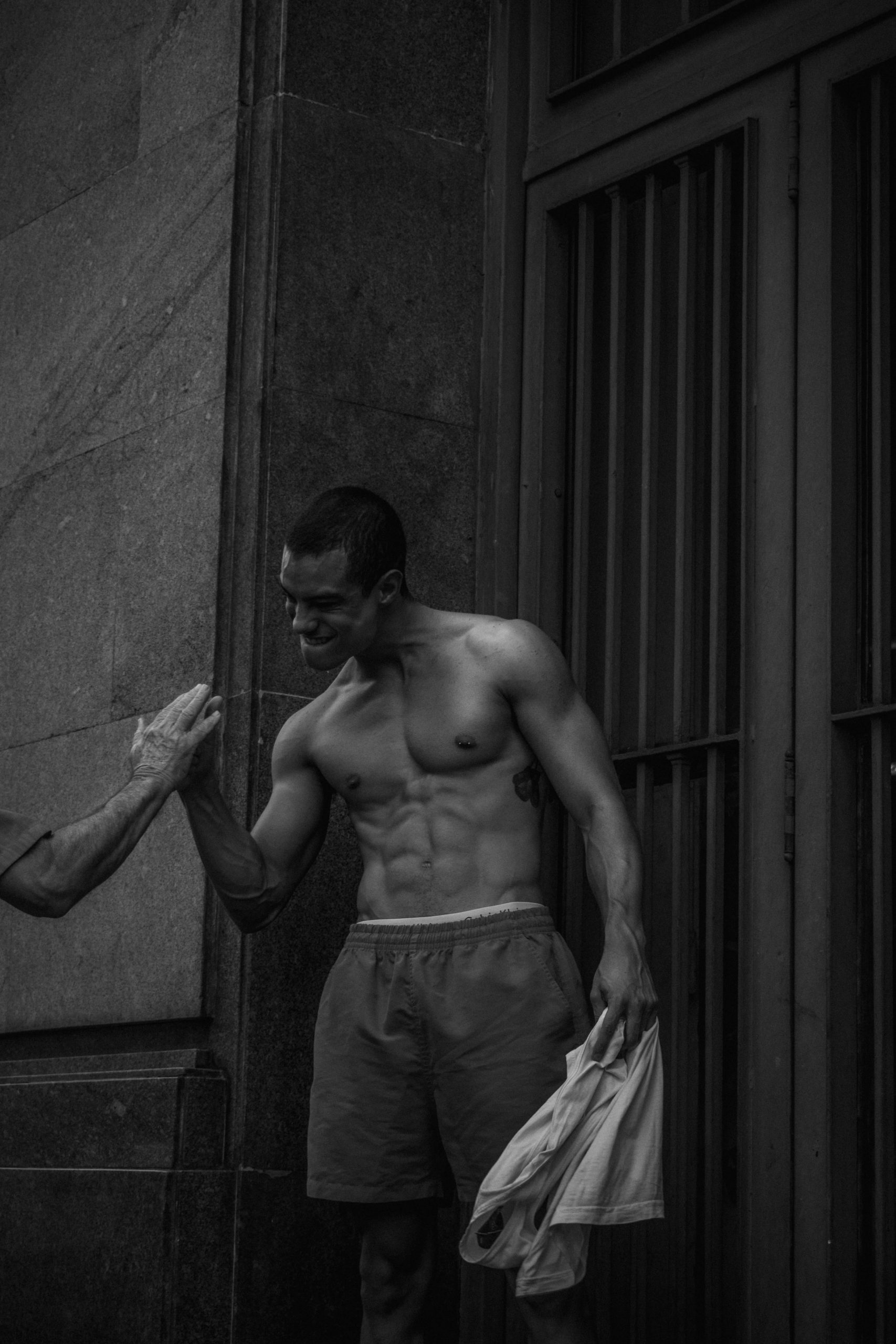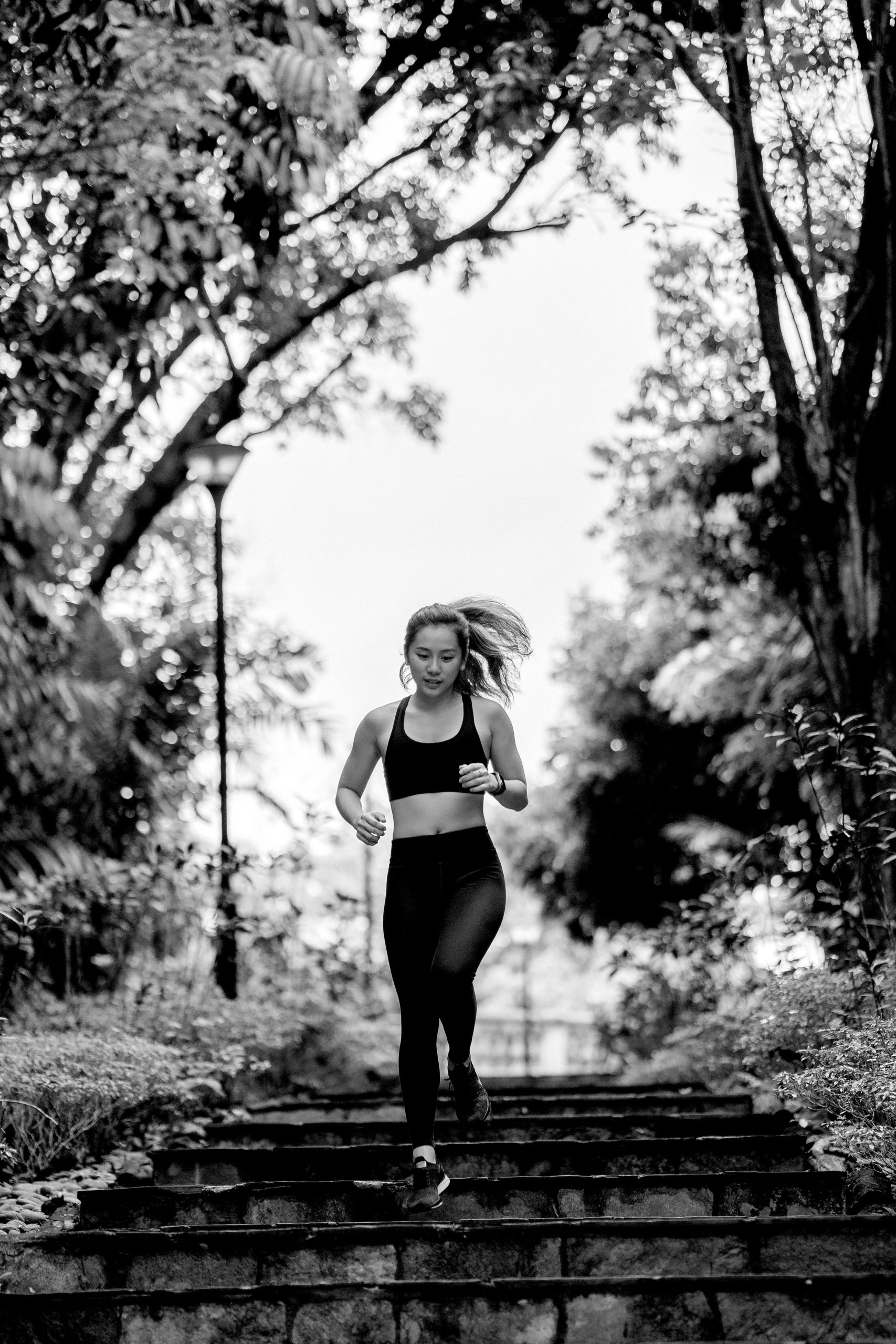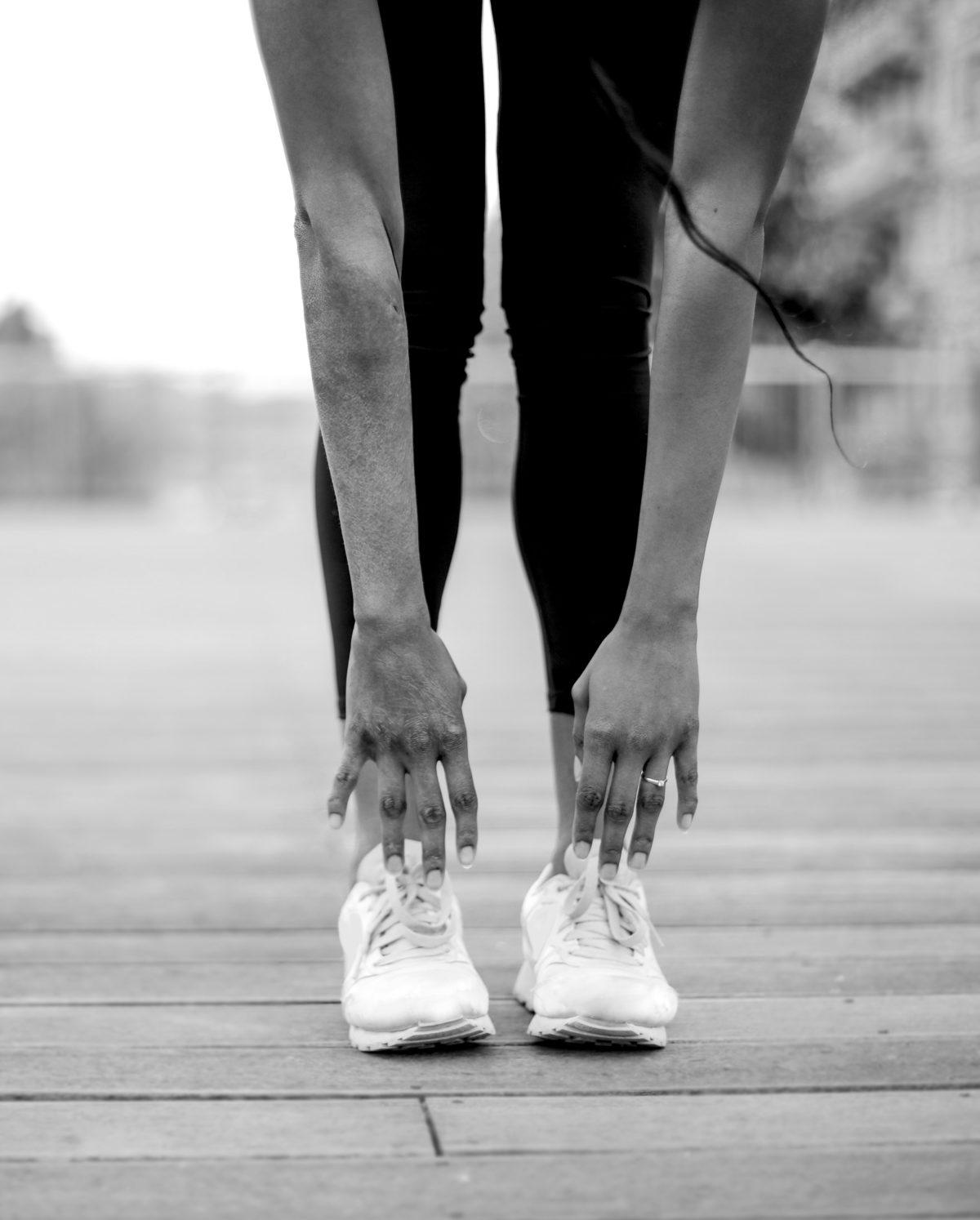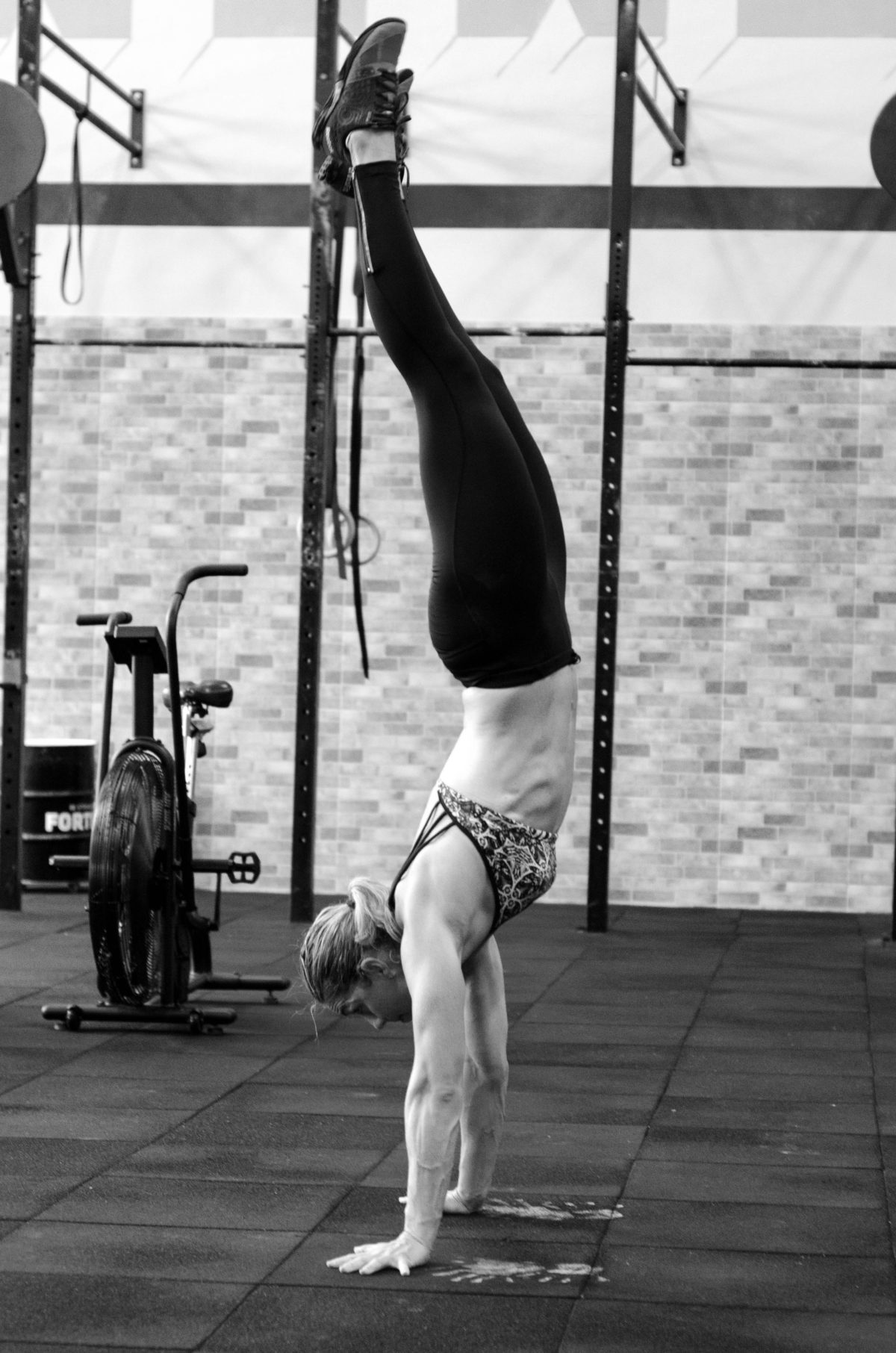There’s many reasons to work for 6 pack abs. Strong abdominal muscles are super important. They help you have great posture, boost your workout endurance, and provide a base of support for your whole body. Plus, they’ll help you look a little more like Chris Hemsworth.
Getting shredded and looking your best is all about gaining muscle while maintaining minimal body fat. Even if you build the core muscles of your dreams, no one will know if they’re hidden behind too much bulk.
Here’s how you can get those washboard abs as quickly as possible – and no, it doesn’t require 1000 sit-ups a day.
Focus on your diet
You know what they say: abs are made in the kitchen, not in the gym. For an enviable core, yes, you need to work out often. More importantly, you need to eat a healthy diet.
As a general rule, you should aim to get 40% of your calories from carbs. 30% should come from protein and 30% from fat.
Don’t skimp on healthy carbs such as brown rice, sweet potatoes and whole grains. Eat enough colorful and leafy vegetables such as kale, broccoli and spinach.
To build abs, you need to build muscle. This means eating enough protein to fuel your gains. Aim for 0.6 – 0.8 grams of protein per pound of bodyweight, depending on how much muscle you wish to build. Some great protein sources include chicken, fish, eggs, lean cuts of beef, and dairy.
Finally, make sure you work enough healthy monounsaturated fats into your diet. Think nuts, avocados, fatty fish such as salmon and tuna, and olive oil.
Do more cardio
Cardio is a crucial aspect of your general fitness. Getting your heart pumping helps your body burn fat. In turn, a low body fat percentage reveals the ripped 6-pack abs you’ve been working hard for.
Most CrossFit workouts are energetic and have a big cardio component to them. Checking out a class at your gym could be a simple and easy way to break a sweat, without having to waste time deciding what exercise to do. Plus, group fitness is really fun.
There are also many other great ways to work some extra cardio into your daily routine. You could consider walking, running, biking, swimming or rowing. Team sports you enjoy, such as soccer or basketball, are a popular and fun way to get a workout in without feeling like you’re slaving away at the gym.
Do core exercises
In addition to your cardio, take some time to strengthen your abs. There are many fantastic CrossFit moves that will get your core burning. You can get creative with which exercises you want to use during your workouts.
Some of the best and most popular functional movements you could consider using include:
Hold a weight above your head and complete a full body squat. This forces your abs to work super hard to stabilize your body.
Hanging from a pull-up bar, slowly and steadily bring your toes to the bar while keeping your legs straight. Most of the pressure will be on your core, making this an incredible ab workout.
This is a simple exercise that consists of carrying two dumbbells. Your arms, back, shoulders and abs will all be exhausted after completing a few of these. The farmer’s carry is a popular CrossFit move and a great way to work your whole upper body.
These modified sit-ups involve lying on your back and bending at the hips. With arms above your head, slowly bring your hands and feet towards each other – shaping your body into a V. This exercise works your obliques, core and hip flexors. V ups will improve your stability, balance, and most importantly, set your core on fire.
This explosive bodyweight movement upgrades a classic burpee by adding a leap onto a box. This is a great way to work your core, while also getting in some intense cardio.




